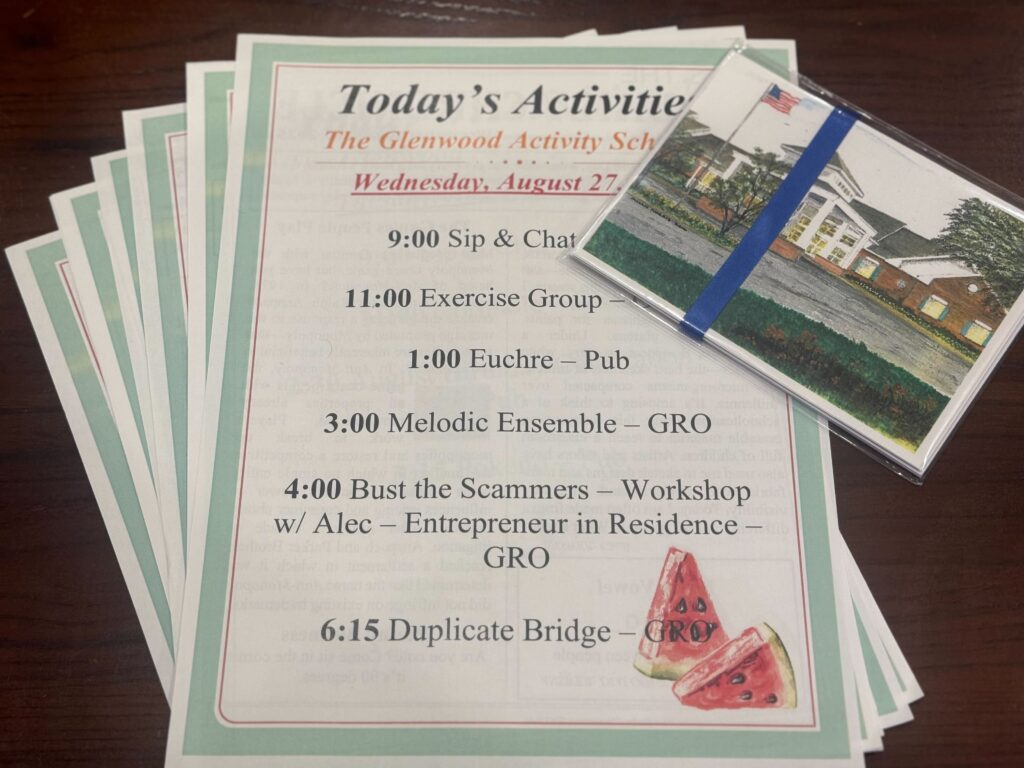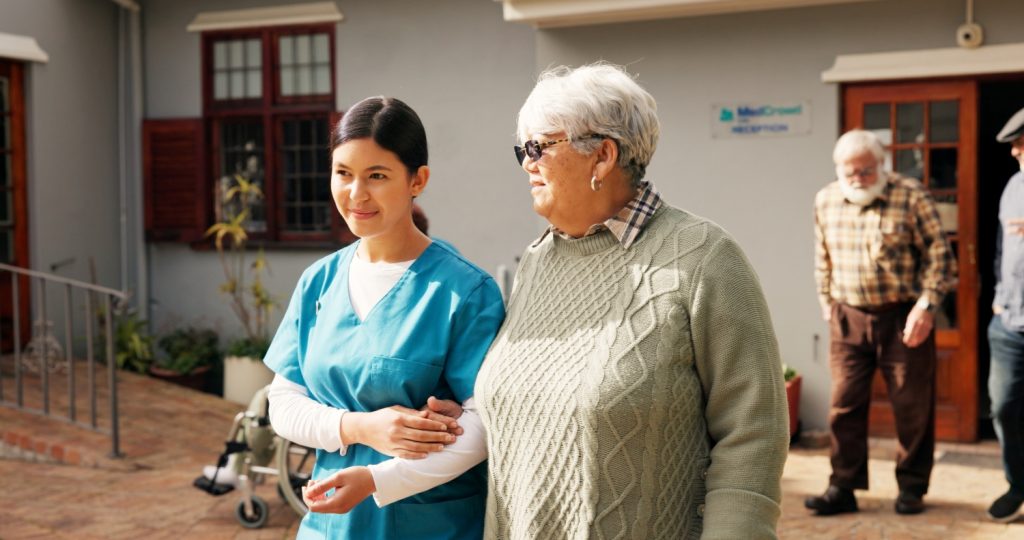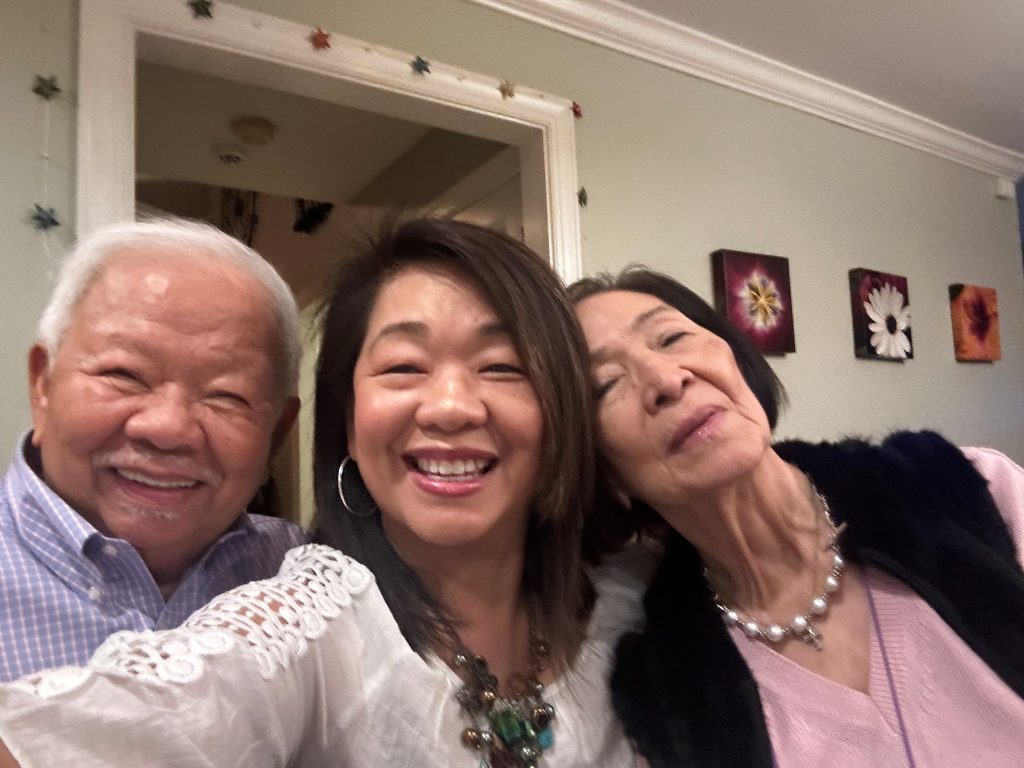As fall turns from Halloween’s play with fear to Día de los Muertos’ celebration of remembrance, we are reminded that aging—like love—transcends time, loss and even death.
When the last pumpkins of October give way to marigolds in November, we cross a threshold that invites reflection on what it means to live, to age, and to remember. Halloween (Oct. 31) and Día de los Muertos (Nov. 1–2), though distinct in origin and meaning, share a common thread—they ask us to face mortality not with denial or fear, but with imagination and reverence.
In the United States, Halloween is often marked by costumes, candy, and haunted houses that turn darkness into play. Its roots stretch back to the Celtic festival of Samhain, when people believed the boundary between the living and the dead grew thin during this time of year. Masks and bonfires were meant to confuse wandering spirits. Even today, beneath the candy and costumes, Halloween carries echoes of that ancient dance with mortality, an acknowledgment, however playful, of life’s impermanence.
Día de los Muertos, the Day of the Dead, rooted in Indigenous and Mexican traditions, takes a different approach: it celebrates the presence of ancestors, affirming that death is not an end but a continuation of belonging. Families build ofrendas, altars layered with photos, candles, pan de Muerto, sugar skulls, papel picado, and bright cempasúchil (marigolds), whose scent is believed to guide ancestors spirits back to this world. It is a celebration that treats death not as an ending or something to be feared, but as another form of belonging and connection—inviting the departed home through food, music, and memory.
For those of us working in the field of aging, this cultural moment offers a profound lesson. In a society that often sidelines its elders and avoids the subject of death, Día de los Muertos reclaims visibility for aging and loss. It insists that we honor those who came before us and those who walk beside us in later life. It reminds us that our stories matter—not because they are finished, but because they live on in the people and communities we shape.
Belonging, after all, is what binds generations together. It allows older adults to feel seen and valued, not merely as carriers of the past but as co-authors of our shared present. When we celebrate aging through connection, we transform fear into gratitude. Traditions like ofrendas, storytelling, or shared meals help us bridge generations, turning memory into something communal and alive—replacing isolation with ritual, and invisibility with reverence.
Halloween’s ghosts may startle us, but Día de los Muertos’ calaveras (skulls) smile back. Where one tradition masks fear, the other adorns it with flowers and music. Both remind us of the fragile, luminous space between life and loss—a space where belonging continues to grow if we tend to it.
As ASA prepares for its 2026 On Aging Conference theme, The Power of Belonging: Amplifying Voices, Advancing Justice, Accelerating Connection, this season offers a powerful reminder: belonging is not limited to the living. It extends across generations, across loss, and across the invisible lines that too often divide us by age, culture or fear.
This weekend, may we all pause to remember our elders, mentors and ancestors—those who shaped our path and still walk with us in memory. May we honor them not only with candles and flowers, but by building an aging society rooted in justice, joy and enduring connections.
Because in the end, aging—like remembrance—is an act of love.
Patrice Dickerson is ASA’s Senior Equity Strategy Director. Victoria Ruiz is ASA’s Senior On Aging Institute Manager.
Photo caption: Traditional Mexican Day of the Dead offering, Cancún.
Photo credit: Shutterstock/Jorge A. Delgado













